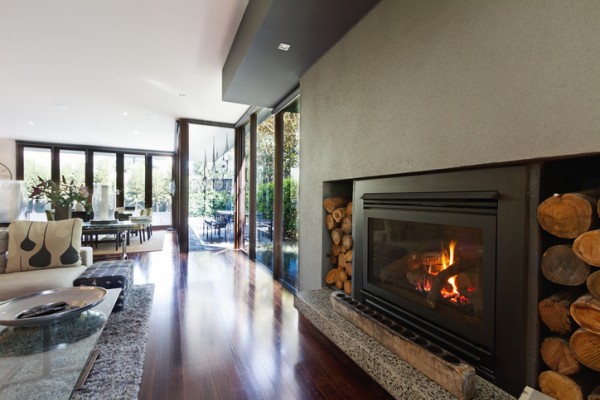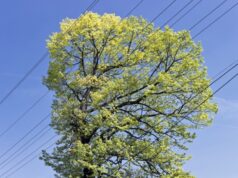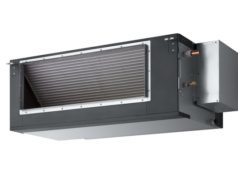
Installing a wood heater or fireplace can add charm and warmth to your home, especially in cooler regions of Australia. But before lighting that first fire, it’s important to understand the legal requirements that apply. Whether you’re installing a new unit or replacing an old one, there are national standards and local council rules you need to meet. Here’s what you need to know to stay compliant and safe.
National standards every installation must meet
In Australia, all new domestic wood heaters must meet performance and emissions requirements under AS/NZS 4012 and AS/NZS 4013. These standards ensure wood heaters are both efficient and environmentally responsible. To comply, the unit must:
- Emit no more than 1.5g of particles per kilogram of wood burned
- Have a thermal efficiency of at least 60%
You’ll know a heater is certified if it has a compliance plate or documentation from the manufacturer. This applies to both inbuilt and freestanding models.
In addition, the way a heater is installed—including the flue, hearth and clearance to combustible surfaces—must comply with AS/NZS 2918:2018. This is the installation standard referenced by the National Construction Code (NCC) and includes clear guidance on spacing, shielding and chimney design.
Flue and chimney height requirements
Getting the flue height right is critical—not just for safety, but for how well your heater performs. As a general rule, the flue must:
- Be at least 4.6m high, measured from the base of the heater
- Extend at least 600mm above the highest point of the roof within a 3m radius
- Be at least 1,000mm above the point where it penetrates the roof, if outside that 3m zone
Chimneys must also clear nearby roof lines by at least 300mm if they’re within 3.6m. These minimum heights help avoid issues with downdrafts and smoke re-entering your home.
If you’re installing a wood fireplace insert (built into a wall), the flue must be stainless steel, insulated (typically double-skin), and installed in a way that maintains safe clearances from surrounding building materials.
Hearths and clearance zones
The hearth is the fireproof surface that sits under and in front of the heater. It protects your floors and reduces fire risk. The rules vary slightly depending on the type of heater, but in general:
- Inbuilt heaters must have a hearth that extends at least 300mm in front and 150mm on each side of the firebox opening
- Freestanding wood heaters typically need a hearth that extends 400mm in front and to each side
The construction of the hearth must be non-combustible – think concrete or masonry – and installed to manufacturer and AS/NZS 2918 specifications.
For wall clearances, the safe distance between the back of the heater and any combustible wall is usually around 1.2m. However, this can often be reduced with the use of an approved heat shield, or by backing the wall with non-combustible materials like brick or thick cement sheeting.
Chimney construction
If you’re building a new masonry chimney for an open fireplace, it must meet structural and fire safety standards under AS 3700 or AS 4773. That includes:
- A smooth internal finish (parging) using a minimum 10mm cement-lime-sand mortar
- Internal chimney walls built with two layers of brick or masonry, with a minimum combined thickness of 180mm
These construction requirements help improve draft, reduce fire risk and improve heat efficiency.
Regular maintenance is a must
Once installed, your wood heater or fireplace will need ongoing maintenance. It’s recommended that you have your flue or chimney professionally cleaned and inspected at least once a year. In many states, this must be carried out by a licensed mechanical services plumber, especially if your heater is part of a solid-fuel heating system.
Regular servicing ensures your heater is burning efficiently, and reduces the risk of chimney fires caused by creosote buildup.
Check with your local council
Finally, it’s essential to check local council regulations before you install. Some councils or states have stricter rules around wood smoke emissions, especially in urban or high-density areas. For example:
- In Tasmania, the sale and installation of non-compliant wood heaters is prohibited
- In parts of Victoria and NSW, councils may restrict heater use during high-pollution days or ban certain fuel types
If your home is in a bushfire-prone area, your installation may also need to comply with additional BAL (Bushfire Attack Level) requirements, which could affect where and how the unit is installed.





